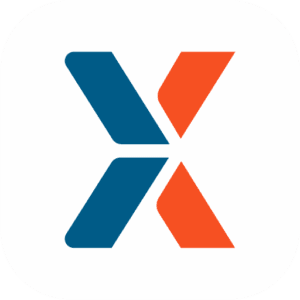The general assumption of some small companies are that purchase orders include an intense amount of unnecessary paperwork that will slow down the natural order of business and make everyone move at a glacial pace. Or they already have their vendors and suppliers with whom they have a working relationship with, thus they unwisely forego purchase orders.
The importance of Purchase Orders
Just because a company is small and does not bulk buy the guacamole, does not mean that they can not utilize purchase orders or that it is unnecessary in the monthly purchasing ritual. Purchase orders actually safeguard you and your business as it is a legal contract between you and suppliers and is proof of the time and description of your order. Thus if the supplier fails to deliver on time, you have the a paper trail to prove it. So the joke’s on them.
Big businesses did not start out big, so it is deducible that they could have had an organic purchasing process. However as a business grows you tend to form working relationships with vendors and suppliers and purchasing demands get more intricate and specific. That is where the safety of using purchase orders come in. Purchase orders are the last form of communication where the details of the purchase can be confirmed. If there is nothing to refer back to both parties will have a complicated time to determine where things went wrong. Not to mention legal implications.
What is a Purchase Order
A purchase order is a legally binding document between a supplier and a buyer. It provides details of the items to be purchased at a price that was agreed upon, delivery date and terms + method of payment. Due to its efficiency in the purchasing process, purchase order software have made the whole purchasing process a breeze and allow all parties involved to keep better track of their budgets and spend.
Who prepares a Purchase Order?
The purchase order is prepared by the buyer, or depending on the size of the business, through a purchasing department. An electronic software system can be used, to allow better tracking and electronic submission of orders to the supplier. The purchase order, or PO, usually includes a PO number, which is useful in matching shipments with purchases; a shipping date; billing address; shipping address; and the request items, quantities and price. Software programs usually have entry fields for each piece of critical data; the purchaser simply fills in the fields prior to processing and sending the order.
Who receives a Purchase Order?
Upon receipt of the purchase order, the supplier uses the purchase order to pull the purchased inventory for packaging and shipping. Once the inventory is pulled, an invoice is prepared based on the items orders and prepared for shipment. When the products are shipped, the supplier records the shipment in the inventory system. The purchase order is filed electronically, with paper copies often filed, as well. The order is marked awaiting payment. Important payment reminder dates and deadlines are set. This is important to the supplier for good payment monitoring and enforcement of credit policies.
With a dedicated online purchase order management app, like Procurementexpress.com, it is easy to save company money and time, manage purchase orders + suppliers online and put you in control of company spend. Employees can load purchase orders and attach invoices from any device, managers can approve, reject or comment on purchase orders and get an instant view of budgets (even when on the road) and accounts payable departments get accurate and paperless expense tracking. Still reluctant?


